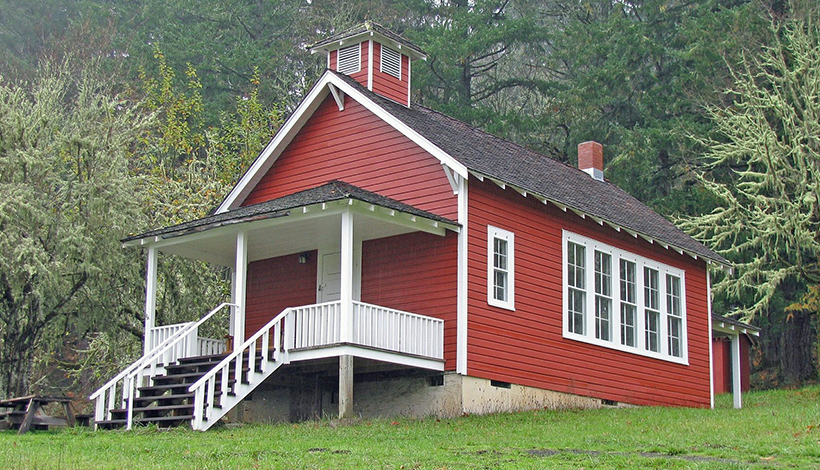January 27, 2021
In light of the global pandemic, education as many of us know it, has been turned on its head. Families everywhere are suddenly faced with a plethora of new options; terms like pods, micropods, microschools, and hybrid learning were brought into the universe as families attempted to navigate the COVID-19 education landscape. Despite what some may think, microschools are not in the same categories as the other options and were around long before COVID-19 came into existence as an alternative to traditional schooling.
What is a microschool?
So what is a microschool? While there is no single definition, there are plenty of characteristics that microschool models across the nation share. Among other distinguishing features, microschools…
- Are considered “micro” because they intentionally serve small cohorts of students for a personalized experience (usually between 15-150 students)
- Have teachers and staff that function more as guides and coaches that facilitate learning
- Embrace practices like project-based and competency-based learning to provide meaningful, relevant, and authentic learning experiences
Benefits of Microschools
Microschools are viewed as a good alternative to other options for two main reasons: cost and personalization. With lean, creative financial models, microschools are able to keep tuition…


